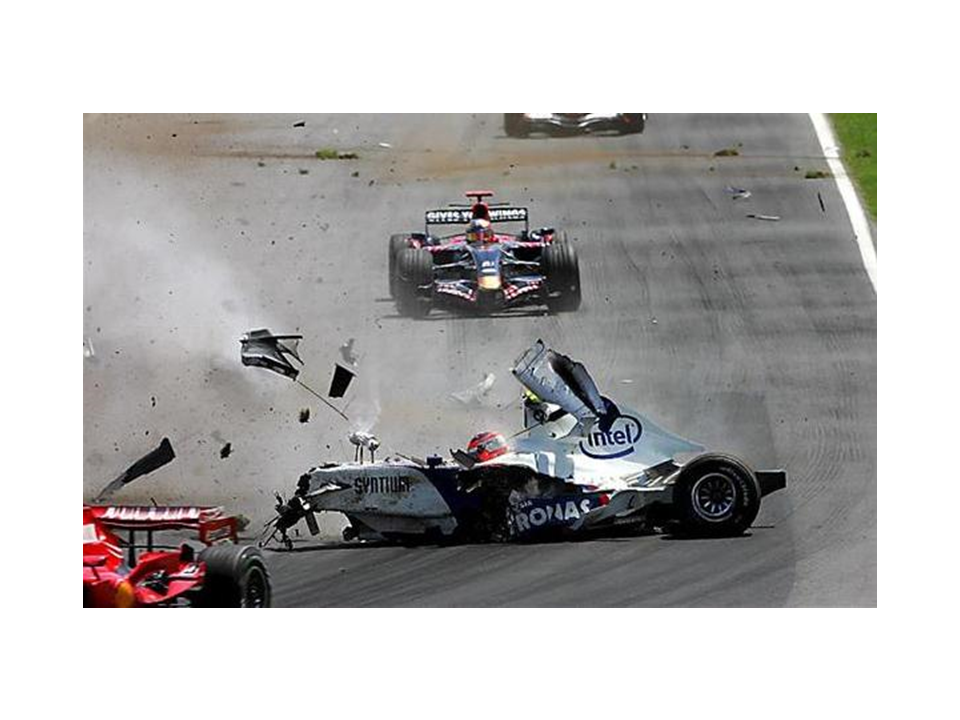Kasahara Laboratory, Department of Nuclear Engineering and Management, School of Engineering, The University of Tokyo

High temperature structural systems as topic of research
Examples of typical energy systems are energy plants such as nuclear and thermal power plants, chemical plants, and rocket engines. Because, these systems consist of structures that enclose high temperature fluids, it is important to understand fluid/structure interaction. In order ensure safety and reliability of high temperature systems, understanding failure mechanisms is crucial to improve safety in design, maintenance and accident response.
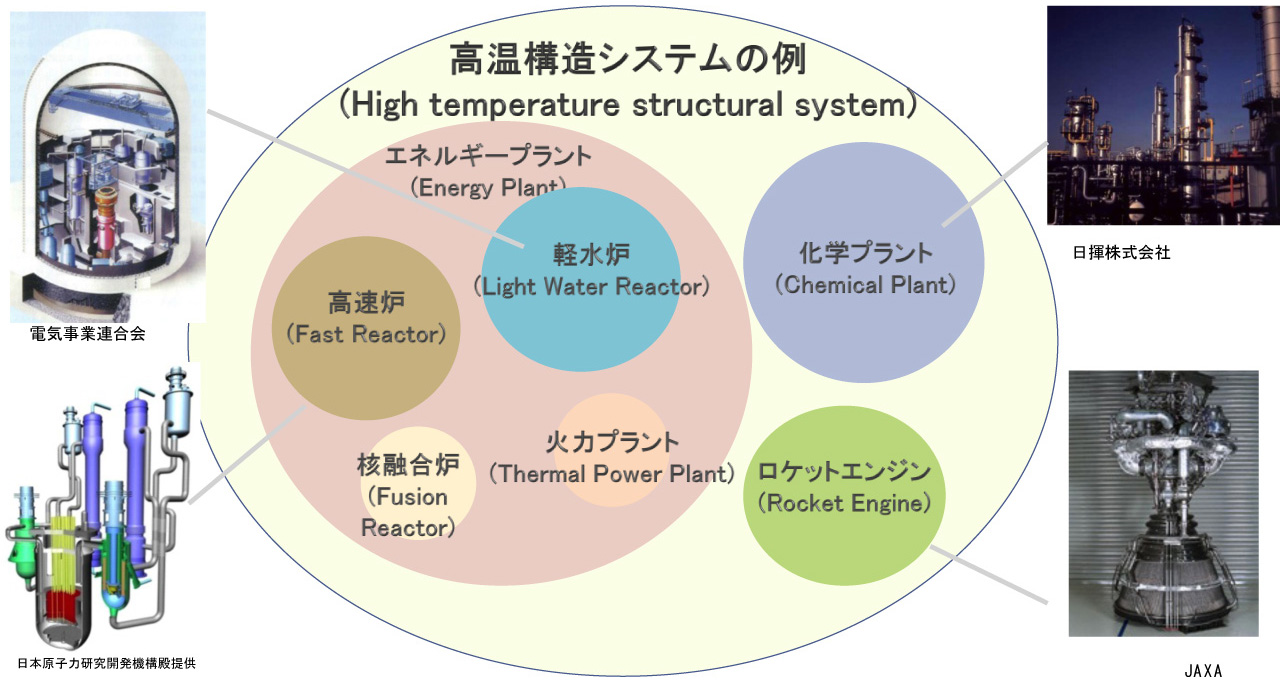

Defense in depth and ensuring safety as topic of research
Defense in depth is the basic idea of ensuring the safety of huge, complex systems, such as high temperature structural systems. Defense in depth is an approach to design and operation of nuclear facilities that focuses on prevention of occurrence of abnormalities, abnormalities developing into accidents, and release of radiation or hazardous materials into the environment. The key is creating multiple independent and redundant layers of defense to compensate for potential human and mechanical failures so that no single layer, no matter how robust, is exclusively relied upon. Defense-in-depth includes the use of access controls, physical barriers, redundant and diverse key safety functions, as well as emergency response measures.
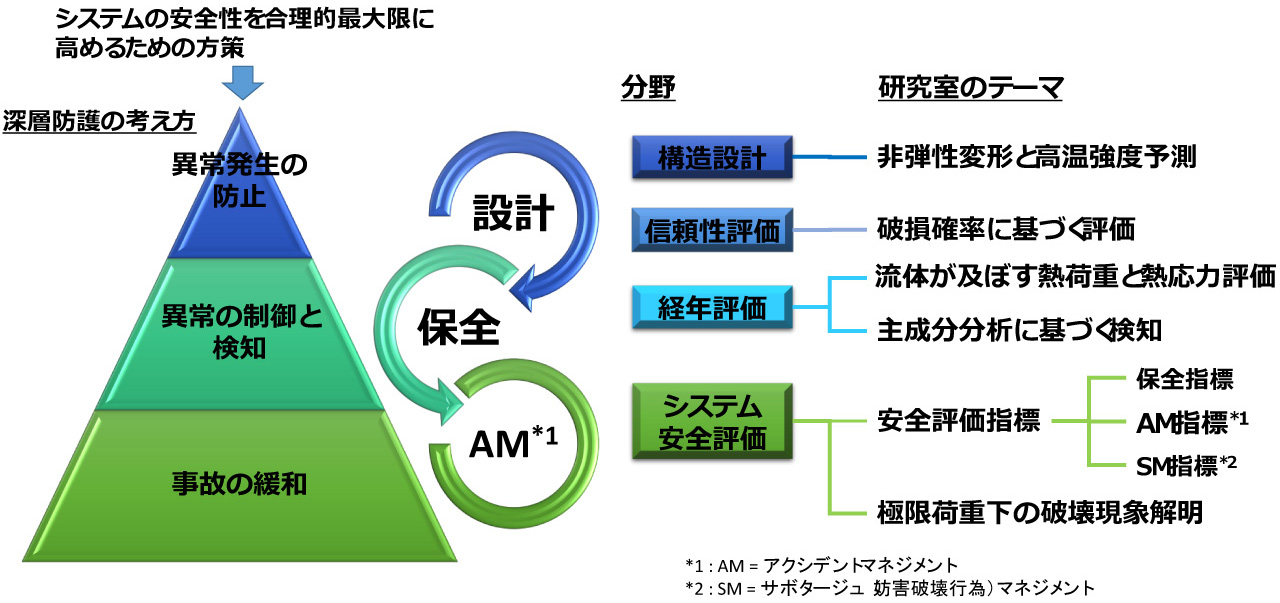
Research directions
To improve the safety of large scale complex systems, we must answer some basic questions: what needs to be protected, what are we protecting from, and how to we engineer a method to do so? The scope of this research in our laboratory is to target the most important safety features and develop methods to protect them from threats in the most efficient way possible.
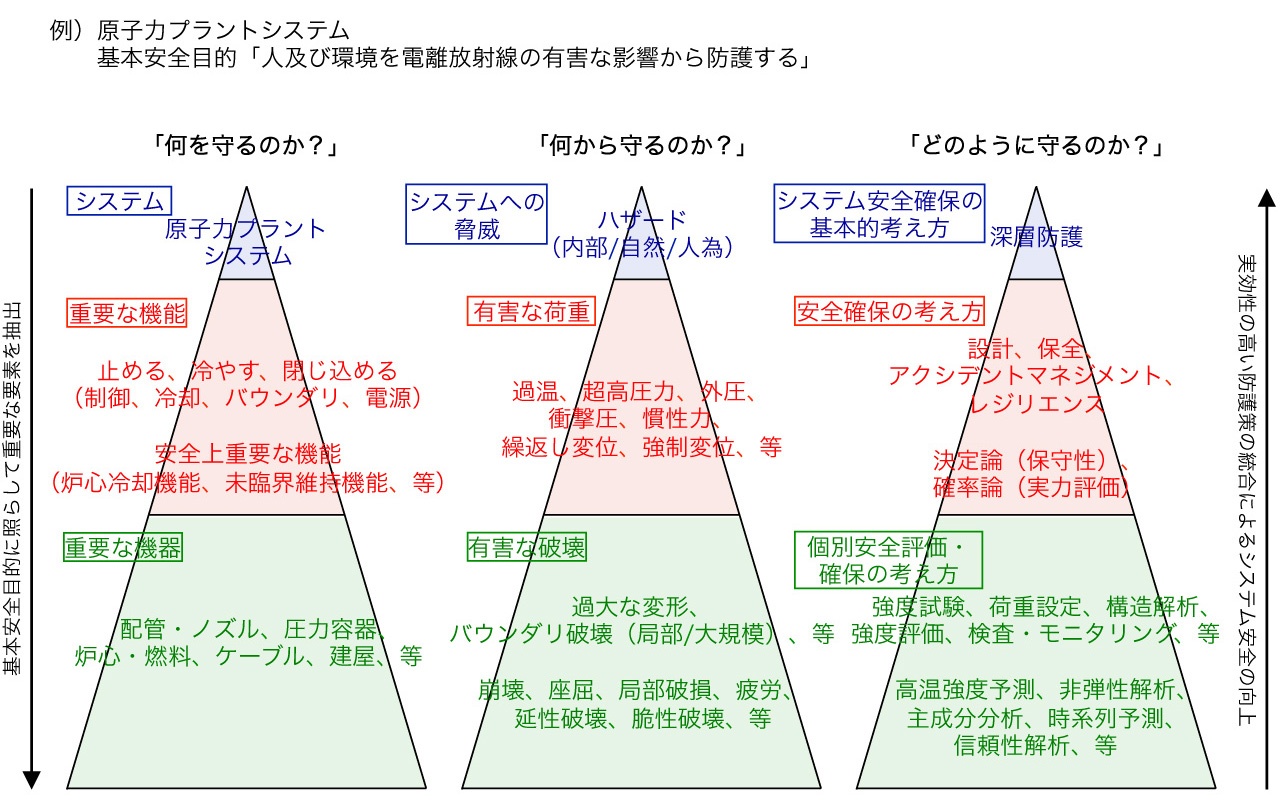
Research approach
We conduct research from initial concept phase all the way to commercialization. Throughout the process, we are able to conduct studies with a combination of experiments and numerical simulations. While the faculty manages the large-scale project, our students assist in driving the project forward with the results of their unique research topics.

Integration of research outcomes
Structural design technology of energy plants includes structural analysis, load settings, and strength evaluation. The research is aimed at integrating finite element technology for better safety and reliability evaluations. For technology development, we conduct research activities putting into perspective not only the engineering feasibility point or view (from synthesizing the knowledge uncovered from simulation and experiment), but also the sociological perspective of project promotion by integrating human resources as well.
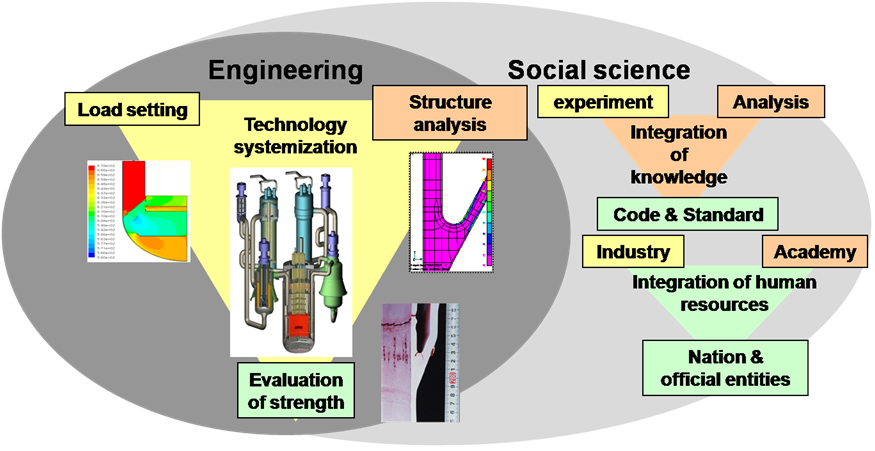
Approach to beyond design basis event (Defense in Depth 4rth layer)
Japan seeks to develop alternative technology
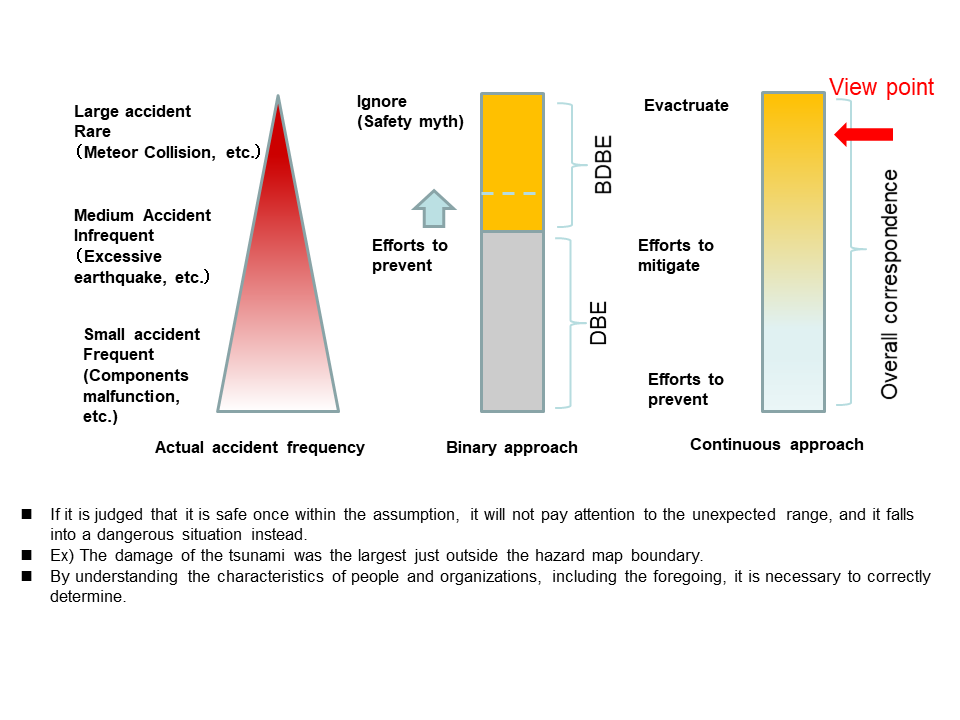
Application example of Fracture Control to body design
Racing car body that absorbs energy and protects cockpit by breaking peripheral part
